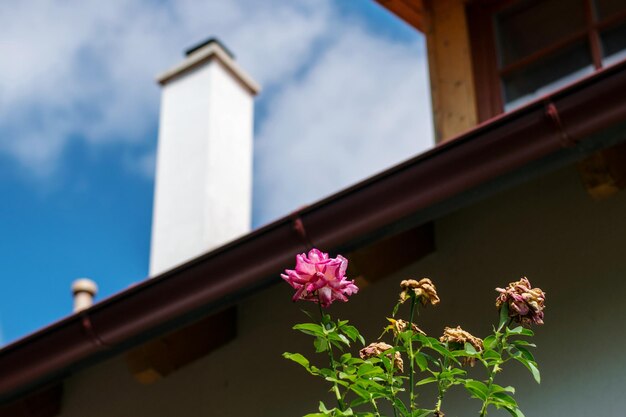How Long Can You Expect Your House Roof to Last?
Whether you're buying a new home, maintaining your current one, or planning a renovation, understanding how long a roof should last is essential. The lifespan of a roof can vary significantly based on materials, climate, and maintenance efforts. Here’s what you need to know to keep your home sheltered effectively and economically.
Understanding Roof Lifespan by Material
Asphalt Shingles
Asphalt shingles are one of the most popular roofing materials because of their cost-effectiveness and ease of installation. Typically, they last 15 to 30 years based on the quality of the shingles and environmental conditions.
Metal Roofing
Metal roofs are gaining popularity due to their durability and energy efficiency. With proper maintenance, a metal roof can last 40 to 70 years and even longer in some cases.
Tile Roofing
Concrete and clay tiles are known for their longevity, providing a lifespan of 50 to 100 years. These materials are highly durable but may require reinforced roof framing due to their weight.
Wood Shingles
Sustainable and natural, wood shingles generally last 20 to 40 years. They provide a timeless aesthetic but may be less resistant to fire and require more extensive maintenance.
Slate Roofing
Considered one of the best roofing materials, slate can last over 100 years. While initial costs are high, the longevity and minimal maintenance make it an attractive option for those looking for a long-term solution.
Factors Reducing Roof Lifespan
- Weather Conditions: Extreme weather, such as heavy rains, snow, or direct sunlight, can reduce roof lifespan.
- Poor Ventilation: Proper attic ventilation is crucial to prevent excess moisture, which can lead to premature aging.
- Inadequate Maintenance: Regular inspections and maintenance help catch and address small issues before they evolve into significant problems.
Is It Time for a Roof Replacement?
Recognizing the need for a roof replacement can save you from more expensive repairs in the future. Watch for signs like leaking, missing shingles, sagging, and increased energy bills, which might indicate it's time for a new roof.
Exploring Financial Assistance for Roof Replacement
Replacing a roof can be an expensive venture. For those concerned about the costs, there are various assistance programs and financial solutions available:
- Government Grants and Loans: Some state and federal programs offer aid for home repairs and energy-efficient upgrades.
- Homeowner Insurance: Depending on your policy, insurance might cover some repair costs due to weather damage.
Exploring financial assistance options can ease the burden of roof replacement or extensive repairs.
Extend Roof Life with Proper Maintenance
Routine maintenance is crucial for extending the life of your roof. Ensure regular cleaning of gutters, inspection after storms, and timely repair of any damage. A proactive approach can help homeowners maximize the lifespan of their roofs.
Financial and Educational Resources to Consider
Here’s a snapshot of potential programs and solutions you might explore:
- 🏠 Weatherization Assistance Program (WAP): Helps low-income households with energy efficiency improvements.
- 🌱 Energy-Efficient Mortgage (EEM): Offers extra borrowing power for energy-efficient renovations, potentially including roofing.
- 💼 Federal Housing Administration (FHA) 203(k) loan: Ideal for homebuyers wishing to purchase and renovate a house.
- 📚 Home Repair Grants for Seniors: Programs that help senior homeowners with necessary home repairs.
- 💸 State Housing Finance Agency Assistance: Each state might offer specific aid or loans tailor-made for housing repairs and improvements.
Proactively managing your roof’s needs and understanding financial options can ensure that your home remains secure, efficient, and cost-effective for years to come.
